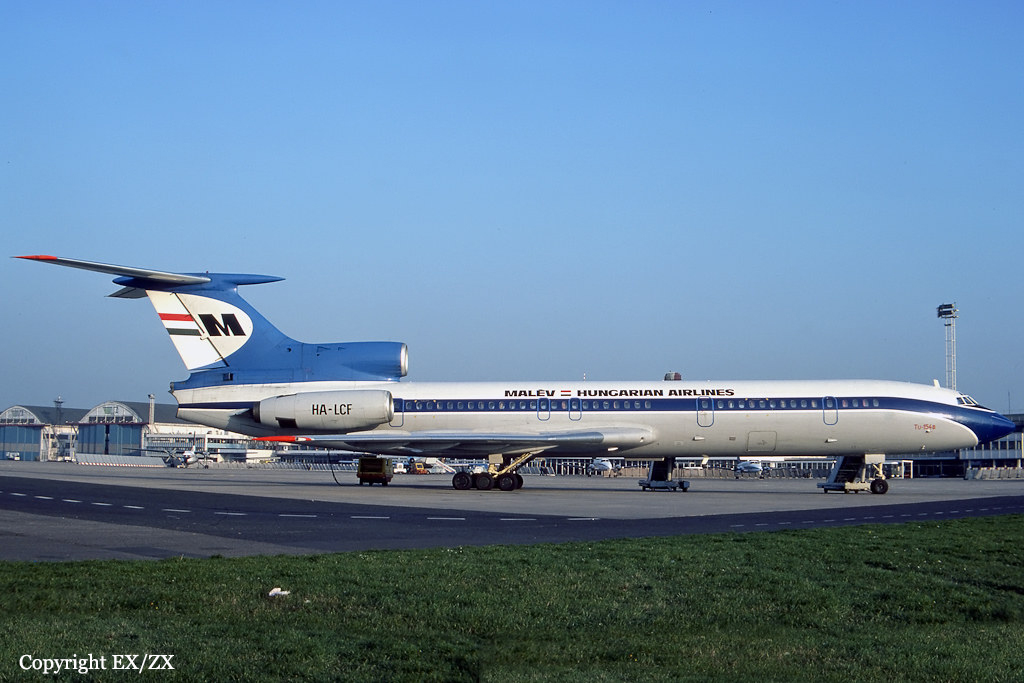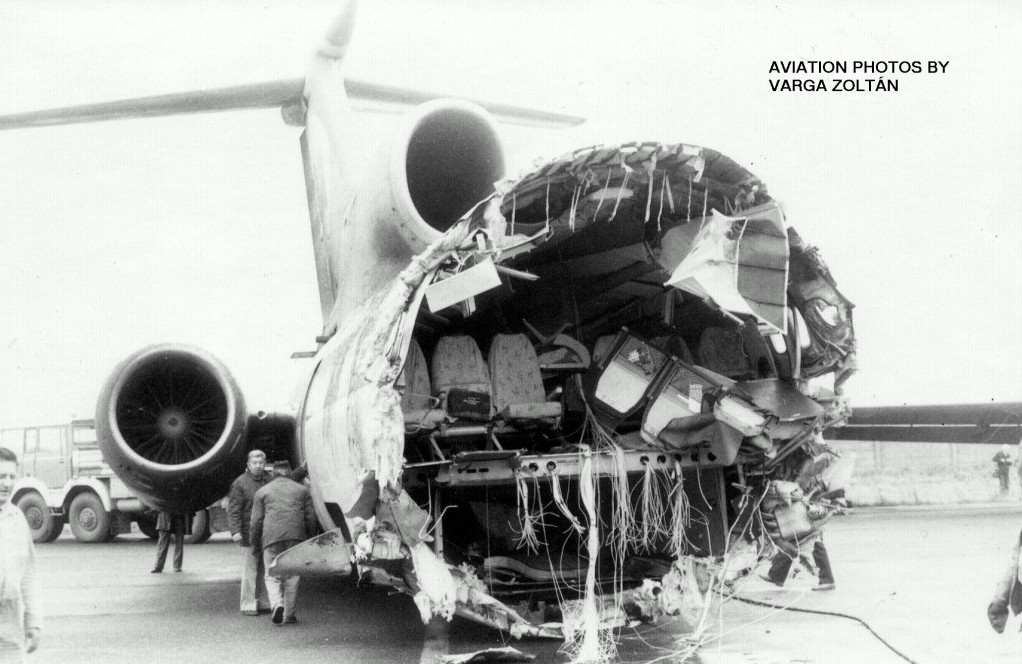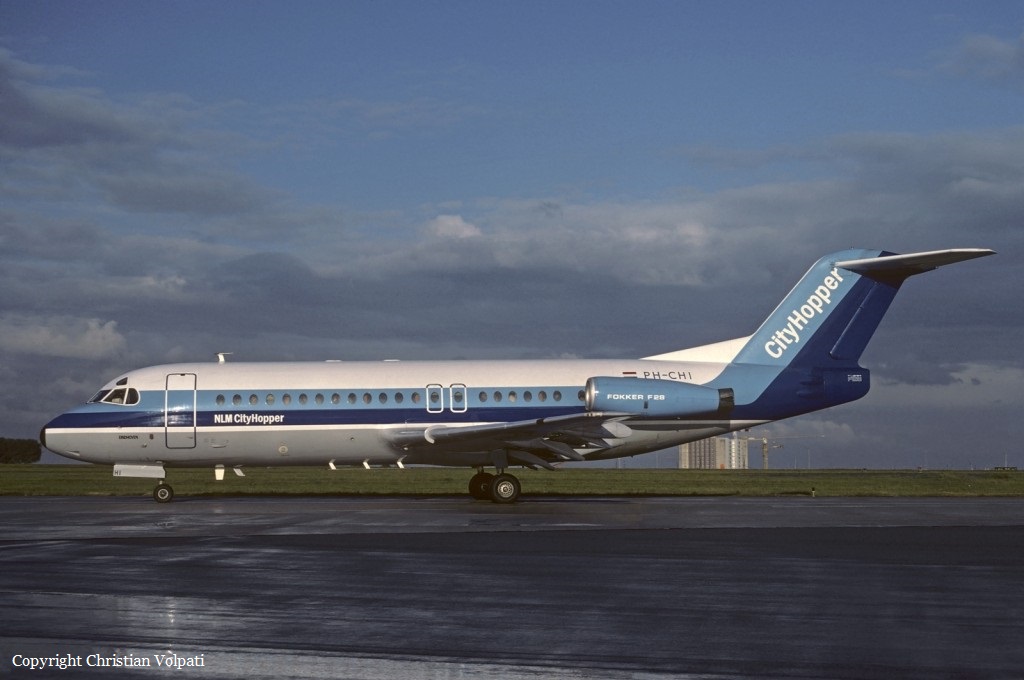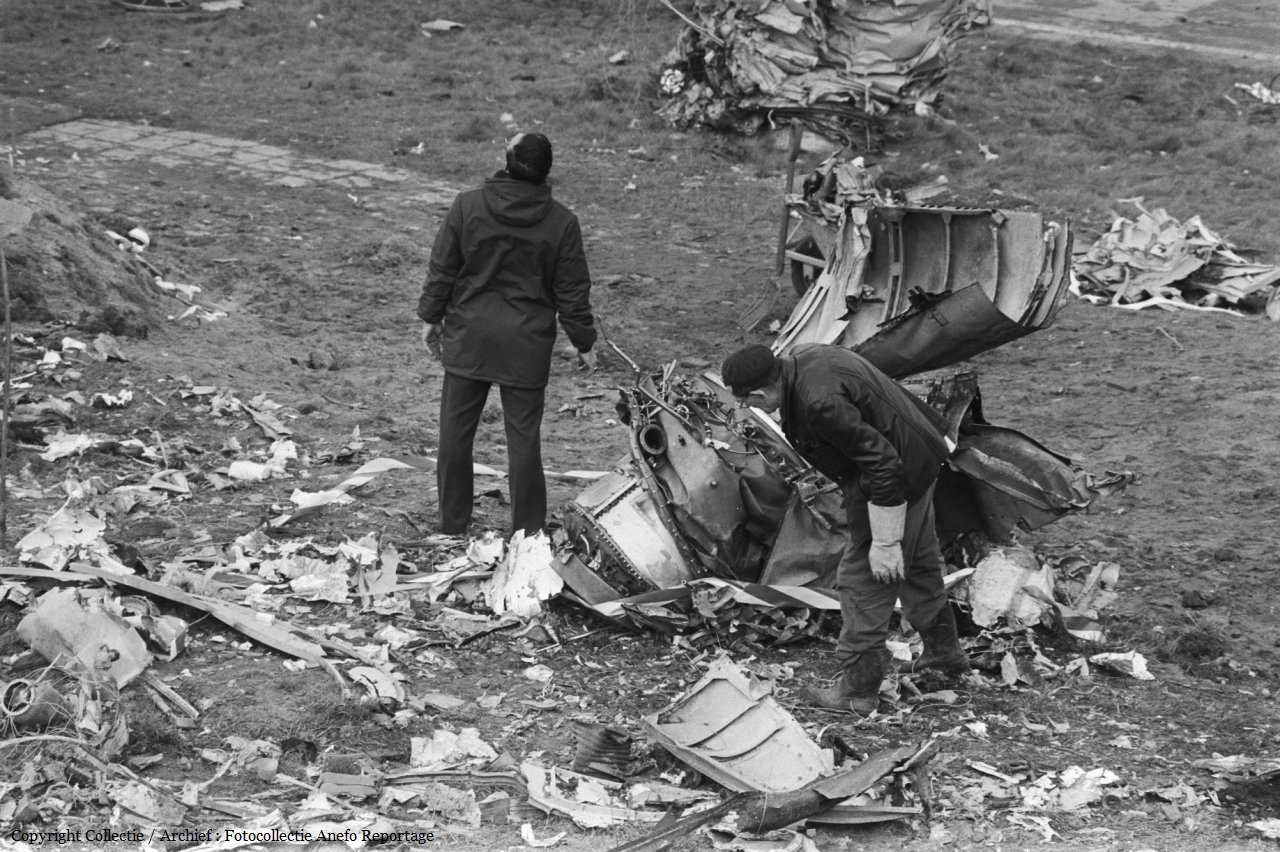Crash of a PZL-Mielec AN-2 in Aktyubinsk: 2 killed
Date & Time:
Nov 16, 1981 at 1105 LT
Registration:
CCCP-28849
Survivors:
Yes
Schedule:
Aktyubinsk – Kenkiyak
MSN:
1G05-03
YOM:
1961
Crew on board:
2
Crew fatalities:
Pax on board:
12
Pax fatalities:
Other fatalities:
Total fatalities:
2
Aircraft flight hours:
14157
Aircraft flight cycles:
26889
Circumstances:
The airplane was engaged in a flight from Aktyubinsk to Kenkiyak, carrying 12 passengers and a crew of two on behalf of an oil exploration company. Rotation was completed at a speed of 80 km/h after a course of 180 meters. During initial climb, at a height of 5-7 meters, at a speed of 120 km/h, the airplane banked left then lost height and crashed 210 meters from the runway end, rolled for about 26 meters and came to rest. Two passengers were killed while 12 other occupants were seriously injured.
Probable cause:
It was determined that the loss of control during initial climb was the consequence of a weight & balance problem. Investigations revealed that the aircraft was generally used for support and other missions in the past and was flying with passengers for the first time. By a local manufacturing plant, several equipment such as radios and batteries were moved to the rear of the cabin, modifying the center of gravity that was out of the envelope, too far aft (4%). For unknown reasons, the aircraft technical documents were not modified accordingly and the crew was not aware of these modifications.




















